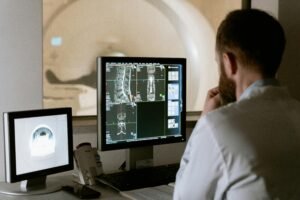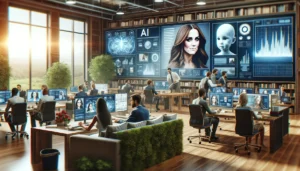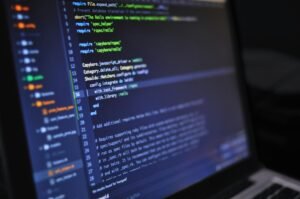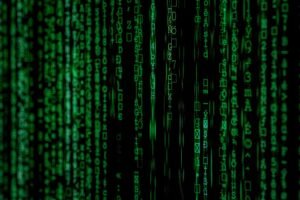AI Caste System: How Artificial Intelligence is Crafting a New Class Hierarchy

In an era where artificial intelligence (AI) is no longer a figment of sci-fi imagination but a tangible and pervasive reality, the dynamics of class systems within capitalist societies are undergoing a radical transformation. With innovative applications spearheading this change, the impact of AI on socioeconomic strata is both profound and measurable.
AI: The New Class Divider
A study by McKinsey Global Institute predicts that by 2030, AI could potentially contribute up to $15.7 trillion to the global economy. This staggering figure underscores the immense economic power wielded by AI. However, this growth is not without its disparities. A key finding indicates that those with access to AI technology and skills are set to gain disproportionately, creating a new upper class, distinct from traditional capital owners and labor.
Technological Elite: The Rise of a New Upper Class
The advent of AI has given birth to a ‘technological elite’ – individuals and corporations who not only possess the expertise to develop and manipulate AI but also have exclusive access to its benefits. Companies like Google and Microsoft, investing billions into AI research and development, are at the forefront of this revolution. Google’s DeepMind, for instance, has an estimated value of over $1.5 billion, showcasing the lucrative nature of advanced AI applications.
AI and Job Displacement: A Threat to the Working Class
On the flip side, AI poses a significant threat to traditional job markets. According to the World Economic Forum, 85 million jobs could be displaced by AI and automation by 2025. This displacement is not evenly spread; lower-skilled jobs, predominantly occupied by the working class, are at the highest risk. The result is an exacerbation of existing class divides, with the less affluent facing increasing economic insecurity.
Education and Skill Gaps: Widening the Divide
The disparity is further amplified by the education and skill gap. Data from the National Science Foundation indicates that only a small fraction of the workforce is trained in AI-related fields. This discrepancy in skills perpetuates the class divide, as those without access to AI education find themselves increasingly marginalized.
AI in Healthcare: A Double-Edged Sword
The healthcare sector, heavily influenced by AI, exemplifies this new class system. While AI applications in healthcare, like IBM’s Watson Health, promise enhanced diagnostics and treatment, their high costs and complex infrastructure make them largely accessible only to the affluent. This creates a healthcare divide, where quality of care is heavily dependent on one’s class.
Navigating the AI-Driven Class System
The rise of AI in capitalist societies is redrawing class boundaries, creating a new hierarchy based on access to technology, rather than mere wealth or labor. As we stand at this crossroads, the challenge for policymakers and society is to ensure that this AI revolution does not deepen existing inequalities but serves as a tool for inclusive growth. The future, albeit uncertain, is in our hands to mold – a future where AI is a force for collective advancement, not a divider.
